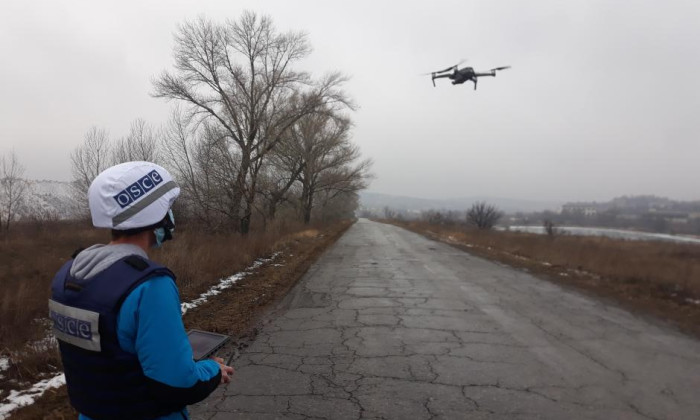Monitoring and Verification
Observers are deployed in peace operations to neutrally verify the implementation of peace accords and ceasefire agreements and to document breaches thereof. Their presence contributes to confidence building, crisis prevention and early warning. While in the past monitoring and verification tasks were mostly carried out by Military Observers (MilObs), nowadays police and civilian personnel are also active in this area.
No other field of activity has a longer history in peace operations. The first UN mission, the UN Truce Supervision Organization (UNTSO), was deployed in 1948 to supervise the ceasefire between Israel and its neighbors. The missions in Kashmir, disputed between India and Pakistan (UNMOGIP, 1949-today), Yemen (UNYOM, 1963-64), Cyprus (UNFICYP, 1964-today), the Golan Heights (UNDOF, 1974-today), and Iran and Iraq (UNIIMOG, 1988-91), are or were mandated with similar tasks. In more recent missions, monitoring and verification is part of a much broader mandate, e.g. in Darfur (UNAMID, 2007-2020) and on the border between Sudan and South Sudan (UNISFA, 2011-today). In some cases, UN missions also employ monitoring and verification techniques in support of UN sanctions and embargos, as in the Democratic Republic of the Congo (MONUSCO, 1999-today).
Monitoring and verification has a long history in peace operations. Examples:
- UNIFIL in Libanon
- EUNAVFOR MED Irini
 © Athanasios Kaltsis
© Athanasios Kaltsis
Monitoring and verification missions were also among the first missions deployed by EU and OSCE. The OSCE Kosovo Verification Mission (KVM) from 1998-99 on the territory of the former Republic of Yugoslavia included more than 1,000 civilian observers. Until March 2022, the Special Monitoring Mission to Ukraine (SMM) was the biggest OSCE mission, with about 850 personnel. It was also the riskiest, as there were regular breaches of the ceasefire by the parties to the conflict. Hence, the SMM, like other observer missions, increasingly relied on technology like acoustic sensors or drones to increase not only the observers’ efficiency, but also their safety.
The EU gained its first experience with observer missions in 2005-06 in the context of the Aceh Monitoring Mission (AMM), which supervised the peace agreement between the Government of Indonesia and the Free Aceh Movement. Since 2008, the EU Monitoring Mission in Georgia (EUMM Georgia) contributes to the safety and security of the local communities living on both sides of the Administrative Boundary Lines with Abkhazia and South Ossetia.
As of 31.07.2023